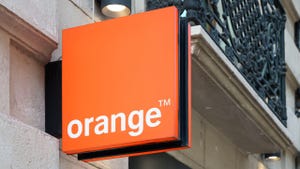TIM store
FTTX
Eurobites: Labriola stays put as TIM CEOEurobites: Labriola stays put as TIM CEO
Also in today's EMEA regional roundup: satellites make their presence felt in 5G; KPN's Q1; Swisscom pushes deeper into insurance.
Subscribe and receive the latest news from the industry.
Join 62,000+ members. Yes it's completely free.


.jpg?width=700&auto=webp&quality=80&disable=upscale)








































